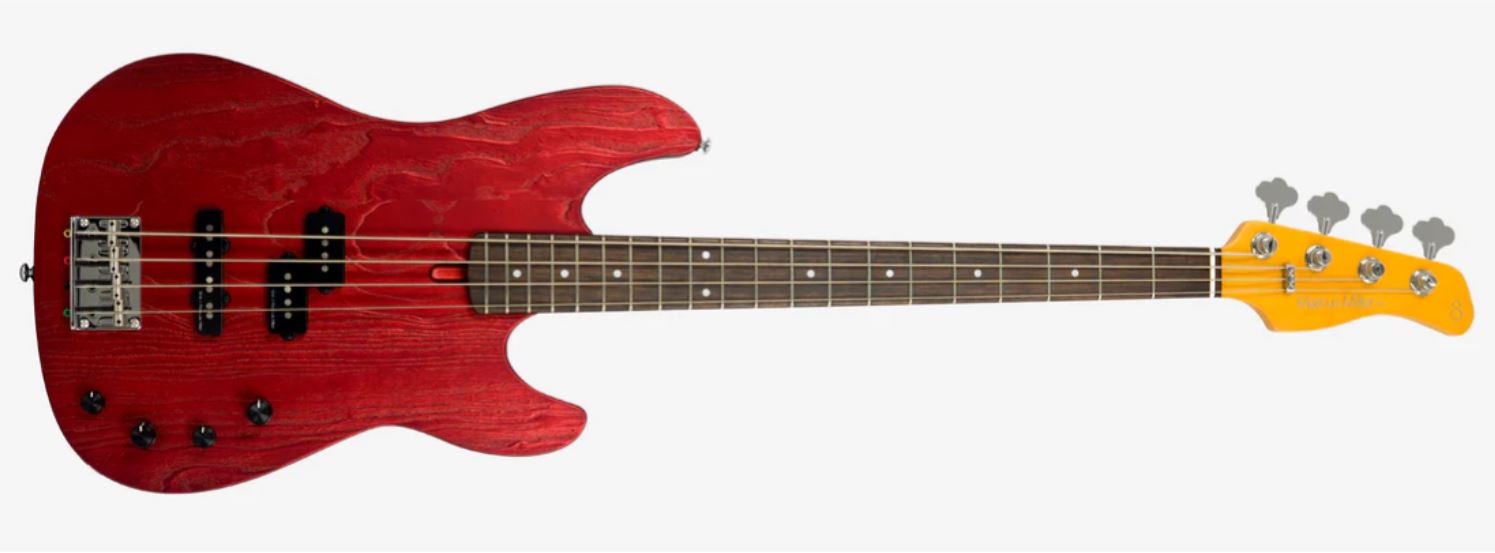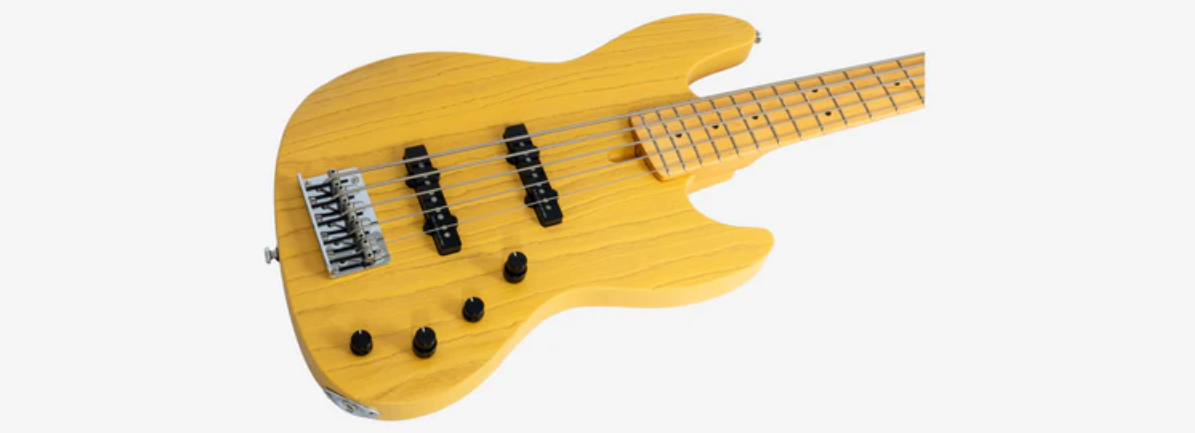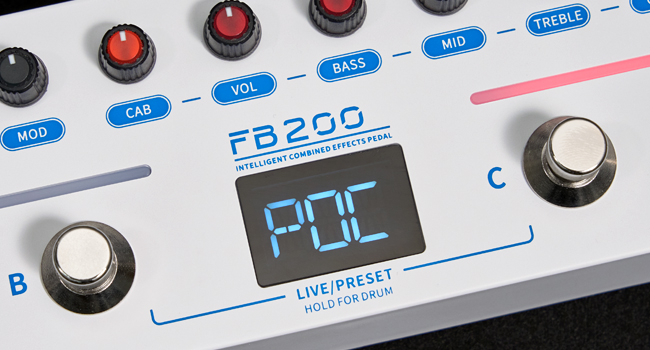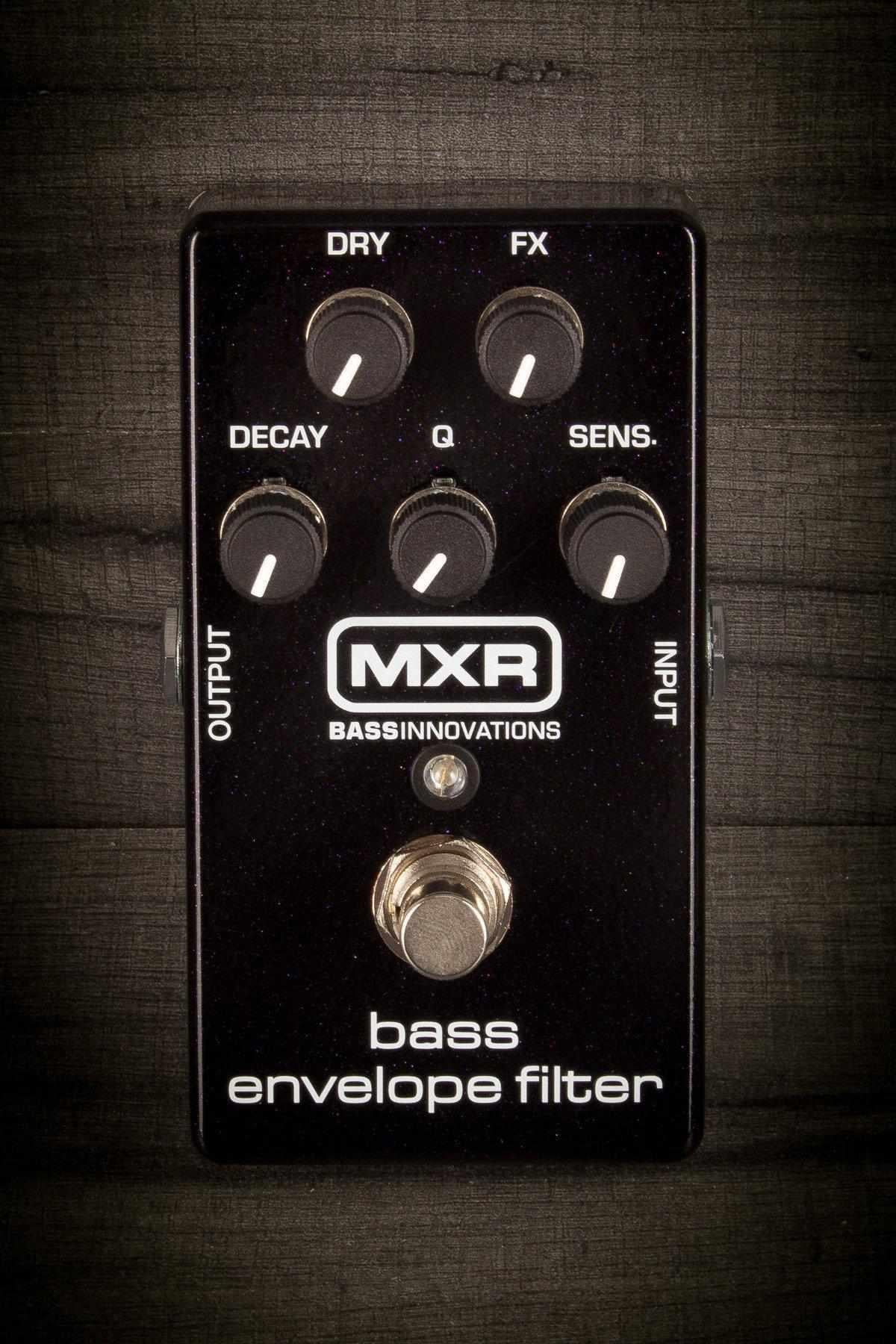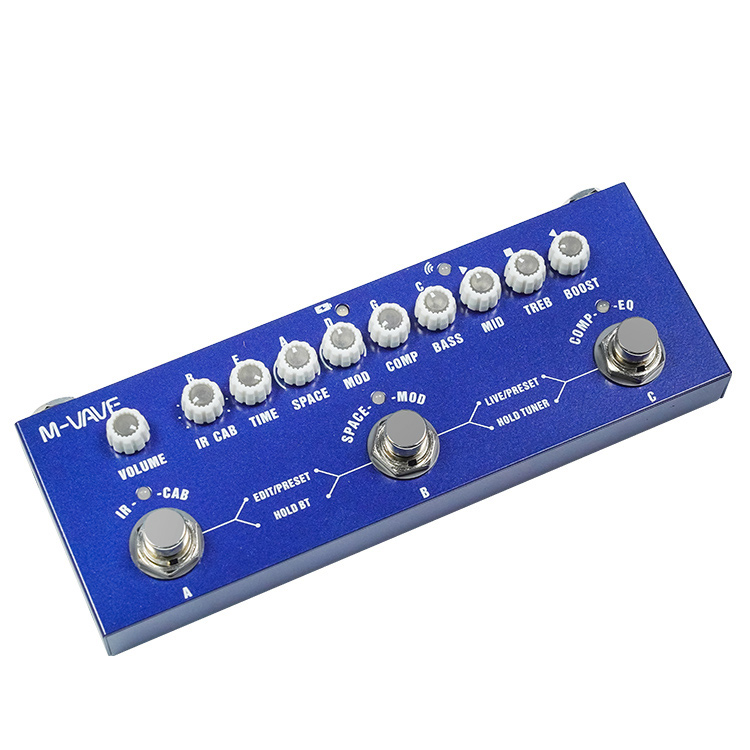
Mvave Cube Baby Bass: Pedal Review 2025
A Pocket-Sized Rig for Practice and Portability Disclaimer: This pedal was kindly provided by MVave for the purpose of this review. However, this does not influence our opinions or the content of our reviews. We strive to provide honest, unbiased, and accurate assessments to ensure that our readers receive truthful and helpful information. Introduction The Mvave Cube Baby Bass is one of those curious little gadgets that blurs the line between practice tool and full-fledged effects unit. It’s tiny, rechargeable, packed with features like cabinet simulations, modulation, delay, EQ, and even doubles as an audio interface. At first glance, it seems too good to be true — a “pocket-sized studio” for bass players. But what does it really deliver? Let’s find out. TL;DR The Mvave Cube Baby Bass is a fun, portable, and incredibly affordable multi-effects unit that’s perfect for practice, studio sketching, or travel. It’s loaded with useful features — IR cabinets, modulation, delay/reverb, Bluetooth, battery operation, and a built-in tuner — all in a pedal smaller than most smartphones. However, its miniature form factor means cramped controls, a basic compressor, a not-so-precise tuner, and a lack of certain bass essentials (like overdrive or octaver). It’s not a pro-level gigging rig, but for its price, it’s a surprisingly capable and musical little box. Check Price on Amazon –> Design and Controls Physically, the Cube Baby Bass is tiny — measuring only 15.5 cm by 5.5 cm, which you can literally measure with a school ruler. This is both great and limiting: you can slip it in a pocket or gig bag with ease, but its size also makes it a little fiddly for live-stage operation. It’s clearly more of a studio or practice tool than a full-on performance unit. Controls and Interface The pedal features three footswitches (A, B, and C) and ten small knobs that handle everything from EQ to effects depth. Tuner The tuner is unconventional: Core Features Despite its size, the Cube Baby Bass is feature-packed. However, some core bass effects — notably distortion, overdrive, or octave — are missing, making it better suited for practice and ambient experimentation than for comprehensive tone sculpting. Pros and Cons Pros Cons FAQs Q1: Can it be used for live gigs? It can, but it’s not ideal. The small knobs, limited presets (three only), and modest EQ/compression make it better suited for practice, recording demos, or backup use rather than main-stage performance. Q2: Can I use it as an audio interface? Yes. This is one of its best features — it connects directly to your computer via USB and works as a simple interface for recording or streaming. Q3: How does it compare to professional pedals? It’s not in the same class as high-end units like the HX Stomp or Helix. However, as a budget-friendly entry into multi-effects and amp modeling, it punches well above its price point. Conclusion The Mvave Cube Baby Bass is a charming little tool that proves good things really do come in small packages. Its combination of portability, IR flexibility, and USB functionality makes it a fantastic practice, travel, and backup solution. Sure, it’s missing advanced bass essentials and its tuner isn’t stellar, but for the money, it’s hard to beat. If you want a compact, battery-powered rig for home or on-the-go use, the Cube Baby Bass delivers serious fun for pocket change. Get your MVAVE Cube Baby Bass on Amazon Now! If you liked this gear, make sure to also check:
